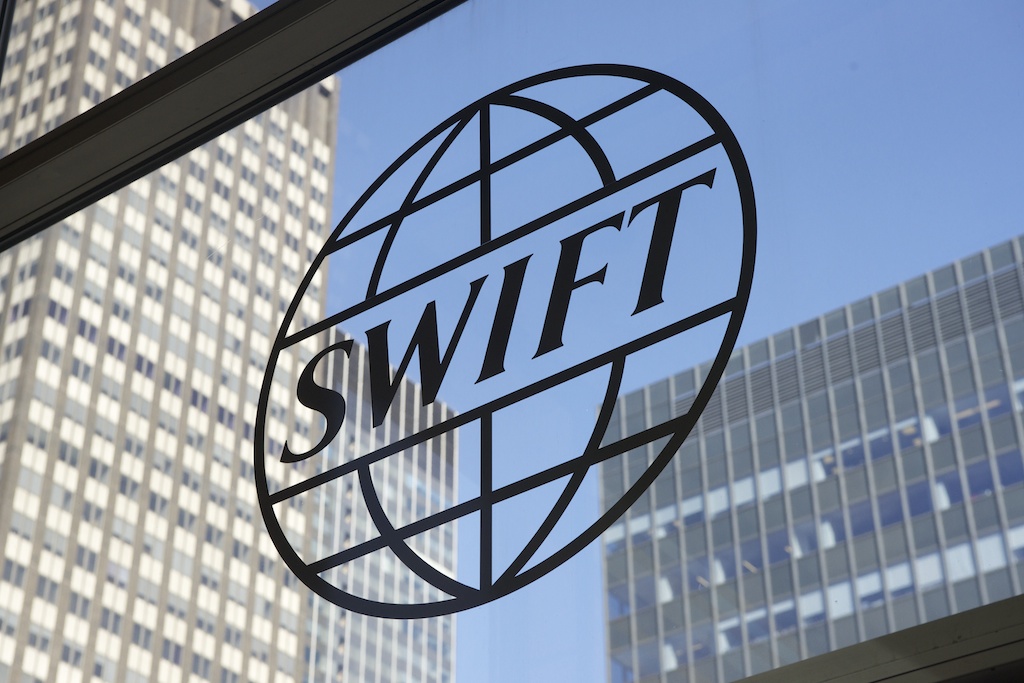Chainlink and SWIFT partnership revolutionises tokenised asset management
Chainlink launched a groundbreaking technical solution that enables financial institutions worldwide to manage tokenised fund workflows directly through their existing Swift messaging infrastructure at Sibos Frankfurt.
This announcement includes plans for a production rollout of SWIFT’s integration with Chainlink’s Cross-Chain Interoperability Protocol (CCIP) scheduled for November 2025, marking a pivotal transition from conceptualisation to tangible implementation in the blockchain ecosystem.
This development continues Swift and Chainlink’s collaborative efforts in the blockchain space, which began in 2023 with tests showing how Swift’s infrastructure could provide banks with a single access point to multiple blockchain networks.
“I’m very excited about this landmark innovation we’ve achieved by leveraging Swift’s standards and UBS’ tokenised asset design, as we are showing how the use of smart contracts and new technical standards can enable transfer agents and other entities to manage tokenised asset workflows onchain. UBS is demonstrating how the use of smart contract-based technologies can be used by financial institutions to more readily explore new types of product lifecycle composability,” said Sergey Nazarov, Co-Founder of Chainlink.
This integration uses the Chainlink Runtime Environment (CRE) to process ISO 20022 messages from Swift, enabling traditional financial institutions to trigger subscription and redemption workflows for tokenised funds using their existing messaging infrastructure.
A technical pilot with UBS Tokenise, the in-house tokenisation unit of UBS, can be taken as an example. The pilot successfully processed subscriptions and redemptions for a tokenised fund smart contract using standard ISO 20022 messages routed through Swift’s infrastructure to Chainlink’s CRE, which then triggered the appropriate workflows in the Chainlink Digital Transfer Agent (DTA) technical standard.
The implementation is a potential transformation for the global fund industry, which manages over $100 trillion in assets. Traditional fund subscription and redemption processes typically involve multiple intermediaries and manual reconciliation steps, creating inefficiencies that blockchain technology aims to address.
The ability to interact with onchain workflows through SWIFT messaging also addresses several pain points in the asset management industry. This includes reducing operational friction through automated processes, enhancing compliance through programmable infrastructure, and improving transparency across the transaction lifecycle. It also accounts for the elimination of reconciliation burdens between multiple systems and efficiency gains through real-time processing.
With this new solution, financial institutions can leverage the advantages of blockchain in speed, efficiency, and risk management without abandoning their established operational systems.
The integration allows banks to access multiple blockchains through the same SWIFT infrastructure they have relied upon for decades, without requiring new identity systems or key management solutions.





